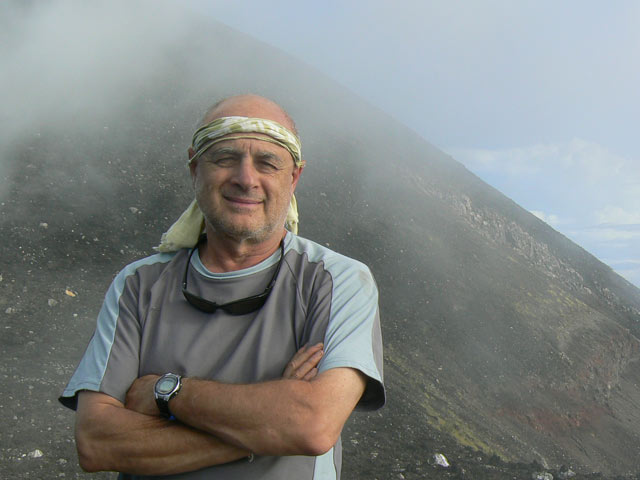In his book, An Inordinate Fondness for Beetles, Paul Sochaczewski explores the life and travels of Alfred Russel Wallace, the self-taught British naturalist who is recognised as co-discoverer of the theory of natural selection. Wallace also spent eight years travelling in Southeast Asia, discovering over 1,000 new species of birds, ants and beetles.
Interview by Franziska Meissner
What fascinates you about Alfred Russel Wallace?
He had guts, he thought big and he didn’t give a damn about what other people thought.

How are you two alike?
The only similarity is that we both wandered in Southeast Asia. We differ in major ways. He was a genius and changed the world.
You said Wallace was quite famous at the time of his death. How was he forgotten while Darwin got all the fame?
The scientific community never forgot him, but the world likes to have one winner – multiple winners just make things messy. Darwin wrote the book. But there has been a bit of a Wallace renaissance in the past 15 years due to a slew of books and TV shows, plus the fact that the world loves a conspiracy to chatter about.
Do you hope to trigger wanderlust in your readers?
Adventures come in all shapes and sizes. Quests don’t have to be dangerous or expensive. As the Nike advert says, ‘Just do it’.
Why do you think people go travelling on the other side of the world?
On the one hand we need the security of the nest, and we fear change. Yet we also are curious, restless animals and need to explore. In simpler societies there were clear rites of passage: go out into the wilderness, kill a lion with your bare hands, have a dream, take a head, get married at puberty. These rites of passage are less clearly signposted now.
What are your favourite natural wonders of Southeast Asia?
There are many: Gunung Mulu National Park in Sarawak; Bali’s rice terraces; the manta rays of Komodo National Park; Indonesia’s volcanoes; sacred forests in Myanmar; Bukit Timah in Singapore, just because it’s there; a single flower in any urban setting.
In what state is our relationship with nature? Do we have a responsibility to protect it?
Like a lot of things in life, the reality is neither black nor white, but a balance of opposites.
We have a need/fear relationship with nature. We came from nature and we need nature deep in our genes. For example, blood pressure goes down when someone is in the countryside. But we fear nature. Ask most urban Asians whether they want to go for a holiday and camp in the forest. They will likely cringe. The untamed forest is perceived as a scary place.
The people with the power are the folks in the capitals with education, good clothes, and fair skin. The folks far upcountry who live on the borders of the “wilderness” have none of the above. This gives the powerbrokers permission to use nature for their own ends, to conquer nature, to civilise the less civilised.
In practical terms, nature is in a good (and improving) state in certain parts of the world – look at the rejuvenation of the Thames in England, for example, or the recycling ethos in Switzerland and Germany, or the United States’ National Park system.
In other parts of the world, nature is taking a hammering. I get angry when I see what’s been done to the rainforests of Sarawak, for example, cutting down forests for palm oil.
Also view:
“Historically, art has always been at the forefront of social change” – Partizan Creatives produces comic books infused with social and educational commentaries. Formed by Jose Encinas (‘the illustrator’) and Nick Wood (‘the writer’), and based in Phnom Penh, Partizan’s goal is to bring the joy of reading and an understanding of key messages to a wide variety of people.
“There’s such an interest in the future, but it’s also important to understand the past” – Author John Shors’ sixth book Temple of a Thousand Faces takes Cambodia’s infamous temple Angkor Wat as the setting for an epic love story between real-life Prince Jayavar and his wife Ajadevi, who attempt to take back Angkor after it is ransacked by their enemies, the Chams.

